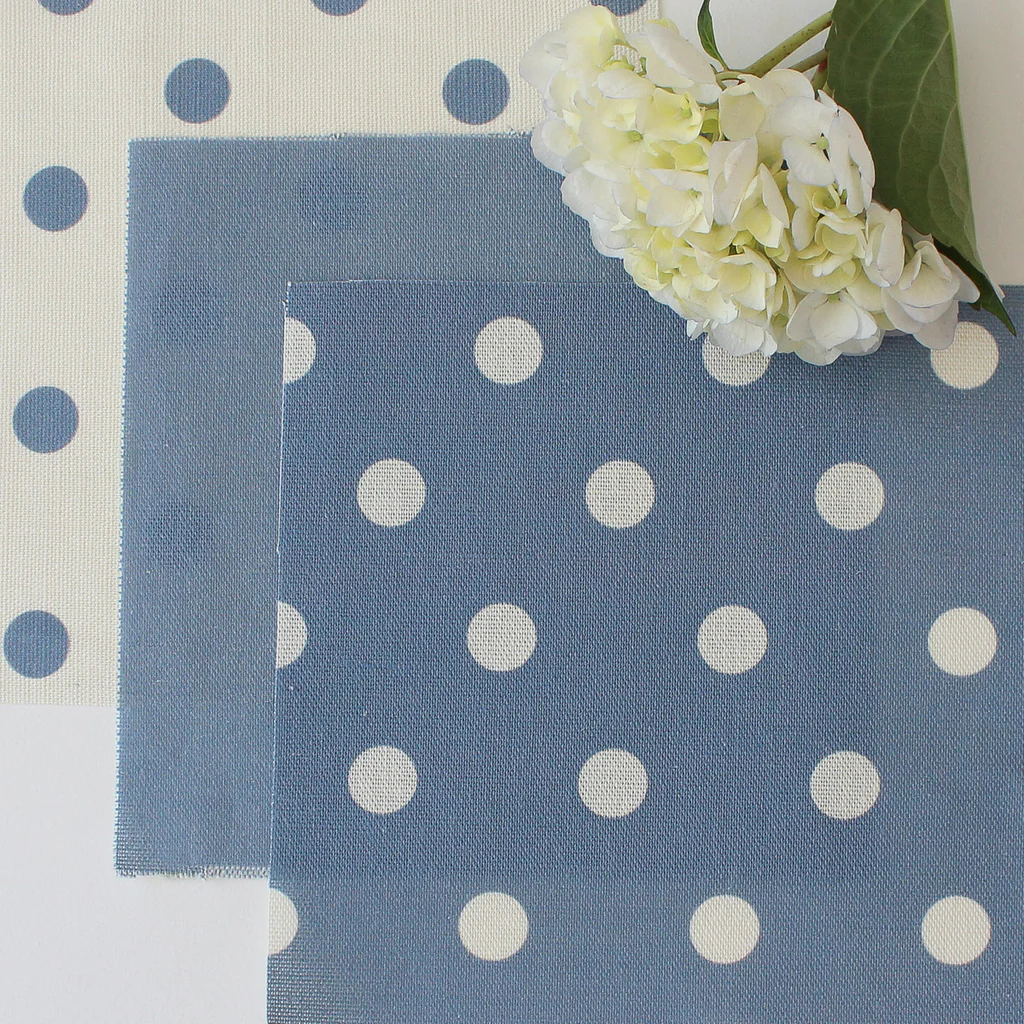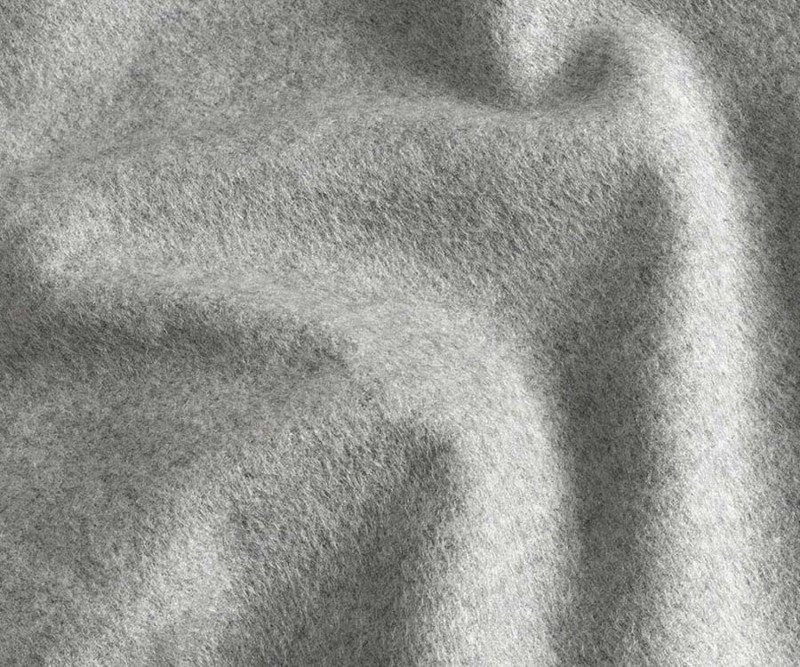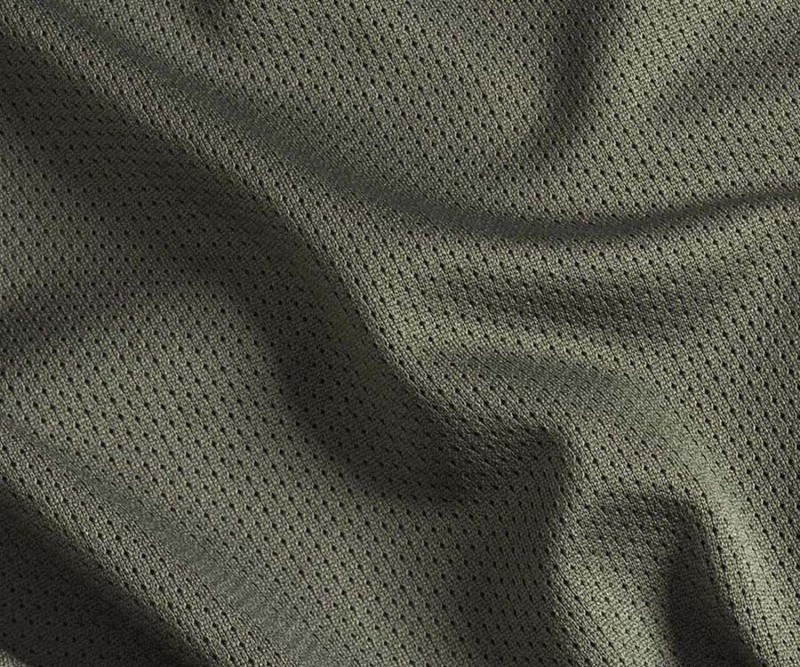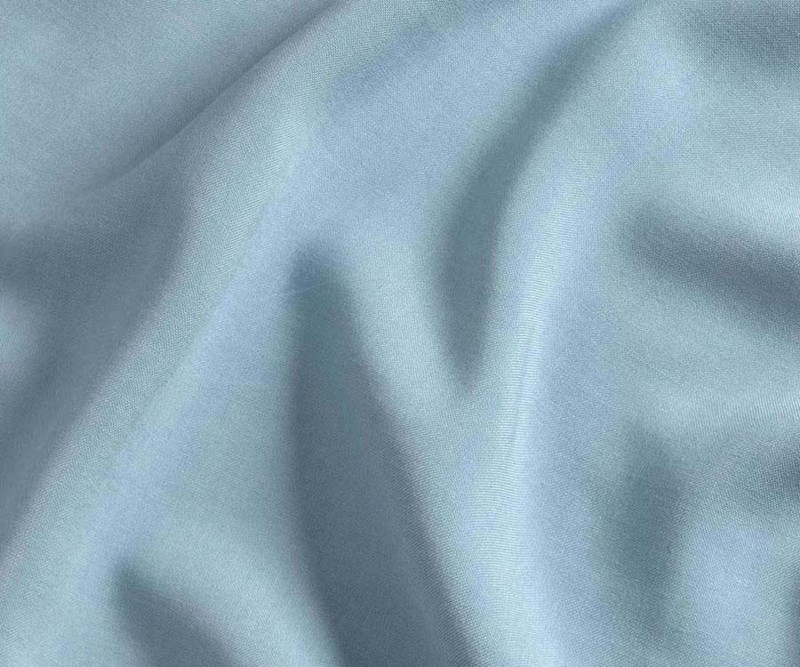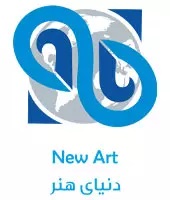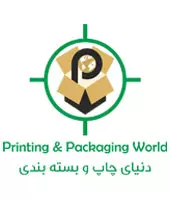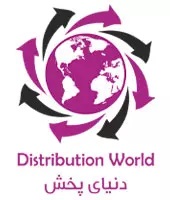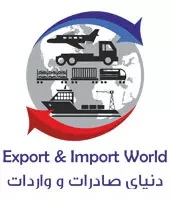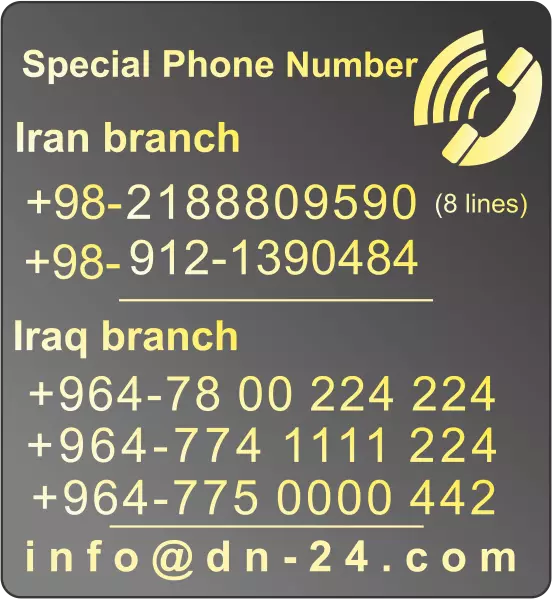- Chapter1 -Consulting and Marketing
- Chapter2 – Designing, Photography, Filmmaking
- Chapter3 – Printing, Packaging, Post-print
- Chapter 4- Environmental Advertising and Exhibition Services
- Chapter 5 – Audiovisual Advertising and Electronic Marketing
- Chapter 6 – Advertising gifts
- Chapter 7- The world of distribution
- Chapter 8- Export and Import
Digital fabric printing
Digital fabric printing (direct printing on fabric)
Digital Fabric Printing: An Innovative Method with Numerous Benefits
Digital fabric printing is a relatively new method for transferring designs and colors onto various fabrics. Imagine printing your favorite photo with a home printer; digital fabric printing works similarly but on fabric.
Direct to Garment (DTG) Printing: A Modern and Efficient Method
In digital printing, the design is printed onto fabric using a large printer. This technology, which gained popularity in the 1990s, initially used thermal transfer paper (sublimation printing). However, today’s advanced technology allows for direct printing on many types of fabric.
Digital Fabric Printing Machines
Digital fabric printing machines come in two types: direct and indirect.
- Direct to Garment (DTG) Digital Fabric Printing Machines: These machines print the ink directly onto the fabric.
- Indirect Digital Fabric Printing Machines: In this method, the design is first printed onto paper and then transferred to the fabric using a heat press.
Reducing Waste with Digital Printing
One of the significant advantages of digital printing is the dramatic reduction of waste compared to traditional methods.
In the past, printing houses had to print hundreds or thousands of meters of fabric at once to be cost-effective. This was because each color in a traditional design required a separate template. Consequently, any excess or unsold fabric turned into waste.
However, with digital printing, it is possible to print as needed, even as little as one meter. This not only reduces fabric waste but also optimizes ink usage. There is no longer a need for mass production and storage; you can produce “what you sell, not sell what you produce!”
Protecting the Environment with Water-Based Inks:
Digital printing uses water-based inks that are environmentally friendly and contain no hazardous chemicals. While some traditional printing houses also use water-based inks, many others use plastic-based inks (Plastisol), which are hazardous waste and require safe disposal.
Unmatched Precision and Detail of Digital Printing:
Digital printers spray tiny droplets of ink with high accuracy onto the target area. This results in high clarity and sharpness of the print. Unlike traditional printing, where ink can spread and cause print defects, digital printing captures fine details with high accuracy and excellent color stability. This means that the fabric you print today will retain its quality and clarity months later.
In fact, digital printing works like a large inkjet printer. Rolls of fabric pass under the print heads, and colors are precisely applied to the fibers.
Because of all these advantages, we have chosen digital printing as our preferred method for fabric printing. We hope that by choosing this method, we can offer you high-quality and environmentally friendly products, ensuring your satisfaction.
In digital fabric printing, the color is directly applied to the surface of the fabric using special printers, which are very costly and provide high-quality and precise prints. In this method, the color is applied to the fabric through the printer head, penetrating the fibers. Digital printing on fabric has no limitations in color or image, and the image is imprinted on the fabric with the best quality.
Direct printing on fabric can be done in two ways: roll printing and sheet printing. One of the advantages of this type of printing is the lack of color limitations. Direct printing on fabric, which is essentially digital printing, is generally used for small quantities due to its high cost and low speed.
Direct printing is done with a UV printing machine, which has high durability and preserves the fabric’s original texture. It offers high quality and longevity, with a maximum print width of 3.20 meters.
Advantages of Digital Printing:
- High Quality: Digital printing is done with high resolution and precision, with colors appearing vivid and natural on the fabric.
- High Speed: Compared to traditional fabric printing methods, digital printing is much faster.
- Design Variety: There are no limitations in design and color with digital printing; any design can be printed on fabric.
- Cost-Effective: Digital printing is economical for small quantities.
- Capability to Print on Various Fabrics: Digital printing can be done on a wide range of natural and synthetic fabrics.
Applications of Digital Printing:
- Clothing Printing: Digital printing is used for printing designs on t-shirts, shirts, pants, coats, and other garments.
- Scarf and Shawl Printing: Digital printing is used for printing designs on scarves, shawls, and other textiles.
- Curtain Printing: Digital printing is used for printing designs on curtains and other home decorations.
- Bag Printing: Digital printing is used for printing designs on fabric tote bags.
- Tablecloth Printing: Digital printing is used for printing designs on tablecloths and other textiles.
Fabrics Suitable for Digital Printing:
Linen Fabric: Due to its high breathability and durability, this fabric is suitable for printing clothes and bed linens.
Viscose Fabric: This fabric is ideal for printing clothes and scarves because of its softness and similarity to silk.
Wool Fabric: Due to its warmth and thickness, this fabric is suitable for printing winter clothing.
Silk Fabric: This fabric is perfect for printing formal wear and scarves because of its softness and beauty.
Polyester Fabric: Due to its affordability and high durability, this fabric is suitable for printing sportswear and promotional clothing.
Digital printing is very costly due to the expensive printers, and it yields the best results on nylon, polyester, acrylic, synthetic fibers, satin, suede, and velvet fabrics.
Tips for Digital Printing:
- Choosing the Right Design: Select a design that matches the type of fabric and its intended use.
- Selecting Print Quality: Choose the print quality according to your needs.
- Choosing the Right Print Shop: Select a print shop that uses high-quality digital printers and premium inks.
Products categories
- Services
- Chapter1 -Consulting and Marketing
- Chapter2 - Designing, Photography, Filmmaking
- Chapter3 - Printing, Packaging, Post-print
- Part 5: Printing projects and related industries
- 5.1) Lithography
- 5.2) Offset printing
- 5.3) Digital printing
- 5.4) Printing PVC sheets
- 5.5)3D printing
- 5.6) Metallization printing
- 5.7) Talaq Printing
- 5.8) Print on fabric
- 5.9) Printing and burning CD
- 5.10) CNC and laser printing (engraving)
- 5.11) Gold blocking-hot stamping-embossed stamping
- 5.12) Tampo printing
- 5.13) Silk printing
- 5.14) Printing on metal
- 5.15) Printing on stone
- 5.16) Thermal printing
- 5.17) Roll printing
- 5.18) Large format printing
- 5.19) Seal and gelatin
- 5.20) Types of coatings
- 5.21) Molding
- 5.22) Stamping
- 5.23) Sticky box
- 5.24) Assembly
- 5.25) Post-press services
- 6. Technical office services
- 7. Binding
- part 8 - Holograms and Types of Labels
- 9. Packaging industries
- 9.1 Box
- 9.2 Board cover
- 9.3 Plexi boxes & Vaccum Forming
- 9.4 Fantasy boxes
- 9.5 Laminate and inner cover
- 9.6 Carton
- 9.7 Shrink
- 9.8 Air bubble nylon
- 9.9 Disposable food containers
- 9.10 Plastic containers
- 9.11 General format
- 9.12 Board can
- 9.13 Jar glass containers
- 9.14 Manufacturing sacks and industrial packets
- 9.15 Manufacturing and selling machineries
- 9.16 Food container
- part 10 - Shopping bag
- Part 5: Printing projects and related industries
- chapter4:Environmental Advertising and Exhibition Services
- Chapter 5 - Audiovisual Advertising and Electronic Marketing
- Chapter 6 - Advertising gifts
- part 24- Advertising gifts
- 24.1 Stationery
- 24-2 Stationary set
- Main brand stationary set
- Stationary set of CROSS brand
- Stationary set of SHEAFFER brand
- CANDID
- GHANARY desktop set
- Stationary set of WATERMAN
- Stationary set of PARKER
- Stationary set of HANSA
- Stationary set of PORTOK
- Stationary set of MELODY
- Stationary set of EUROPEN
- Stationary set of DIPLOMAT brand
- Stationary set of PIERRE CARDIN brand
- Miscellaneous brands' set (pen – fountain pen)
- Main brand stationary set
- 24.3 Card case
- 24.4 Keychain
- 24.5 Lighter
- 24.6 Ashtray
- 24.7 Main clothes (advertising cloth)
- 24.8 Subsidiary clothes
- 24.9 Advertising hat
- 24.10 advertising towel
- 24.11 Advertising cover
- 24.12 Advertising radio
- 24.13 Advertising clock and wristwatch
- 24.14 Advertising mug mat
- 24.15 Advertising mouse pad
- 24.16 Advertising car sunshade
- 24.17 Leather artifacts
- 24.18 Advertising document cover
- 24.19 Advertising folder and writing pad
- 24.20 Advertising index file and Zoonckan
- 24.21 Advertising bag and wallet
- 24.22 Advertising balloon
- 24.23 Advertising ruler
- 24.24 Advertising puzzle
- 24.25 Children's advertising gifts
- 24.26 Postcard
- 24.27 Advertising magnet (magnetic stickers)
- 24.28 Plexi file and bag
- 24.29 Advertising tissue and tissue box
- 24.30 Sculpture-pottery-tile
- 24.31 Advertising containers
- 24.32 Calculator
- 24.33 Office papers-fantasy paper-notepad
- 24.34 Lighting advertising gifts
- 24.35software gift
- 24.36 Advertising photo frame
- 24.37 Advertising photo album
- 24.38 Handicrafts
- 24.39 Special religious gifts
- 24.40 Doll making
- 24.41 Advertising tools
- 24.42 Women's special gifts
- 24-43) mobile accessory
- 24.44 Electronic gifts
- 24.45 Advertising hand fan
- 24.46 Special medical gifts
- 24.47 Advertising opener
- 24.48 Advertising (woven) carpet tableau
- 24.49 Advertising desktop set
- 24.50 Advertising air freshener
- 24.51 Umbrella
- 24.52 Advertising meter
- 24.53 Advertising tape dispenser
- 24.54 Optical advertising gifts
- 24.55 Advertising compass
- 24.56 Advertising thermometer
- 24.57 Automobile advertising gifts
- 24.58 Special gifts
- 24-59) Wooden promotional gifts
- part 25 - 26 - Almanac and telephone directory
- 27. Calendar
- part28- 27.1 Exquisite books
- part 24- Advertising gifts
- Chapter 7- The world of distribution
- Chapter 8- Export and Import
Online price inquiry
"*" indicates required fields
Quick access
- Chapter1 - Consulting and Marketing
- Chapter2 - Designing, Photography, Filmmaking
- Chapter3 - Printing, Packaging, Post-print
- Chapter4 - Environmental Advertising and Exhibition Services
- Chapter5 - Audiovisual Advertising and Electronic Marketing
- Chapter6 - Advertising gifts
- Chapter 7- The world of distribution
- Chapter 8- Export and Import


